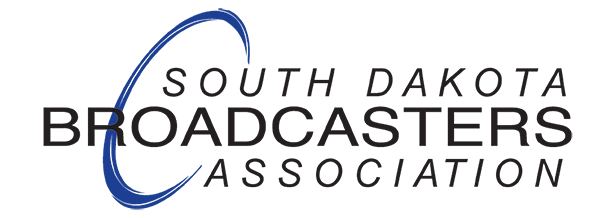Back in May, I wrote about the Department of Labor's new regulations under the Fair Labor Standards Act (FLSA) significantly increasing the salary thresholds for an employee to be exempt from overtime pay requirements. The reason for writing about it in CommLawCenter is that media businesses rarely operate on a 9am-to-5pm schedule, and have many employees whose salaries fall within the range affected by these changes.
While there are several components to the test for determining if an employee is exempt from overtime pay requirements, the increasingly dominant part of the test is the minimum salary an employee must make to be deemed exempt. Prior to the Department of Labor's changes this Spring, an employee had to be paid at least $684 per week ($35,568 annually) to qualify as exempt. The new rules increased that threshold to $844 per week ($43,888 annually) as of July 1, 2024, and would have further increased the threshold to $1,128 per week ($58,656 annually) on January 1, 2025, with that threshold then being adjusted in 2027 and every three years therafter based on updated earnings data.
That all changed this past Friday with a ruling by a federal judge in Texas, who vacated the new rule, finding that the Department of Labor had exceeded its congressional authority by increasing the salary threshold to such a degree that it effectively displaced the "duties test" portion of the FLSA, which focuses on the nature of work the employee performs. In other words, if a salaried employee is performing "white collar" duties that have traditionally been exempt from overtime requirements under the FLSA, the Department of Labor can't just increase the salary threshold part of the test to such a degree that it greatly expands the pool of employees eligible for overtime pay under the statute.
The judge also held that the rule's automatic future increases in the threshold violated the Administrative Procedure Act by abdicating the Deparatment of Labor's responsibility for "defining and delimiting" the threshold in a rulemaking based upon then-current facts, essentially leaving that decision-making process on "autopilot" instead.
While the decision will likely be appealed, the now-reinstated $684 per week threshold was adopted under the prior Trump administration, and the Department of Labor under the incoming Trump administration may have no appetite for continuing that appeal. In the absence of a reversal on appeal, the future increases in the threshold will not occur, and the July 1, 2024 increase in the threshold has been retroactively vacated. This puts employers in the awkward position of deciding whether to "undo" changes in employee pay that were implemented to comply with the July 1 threshold increase. That is less of an issue in some states that already impose their own overtime salary thresholds that are higher than the federal threshold.
While media employees that were becoming eligible for overtime pay might not be as happy with the judge's ruling as their employers, there was a fear that the substantial increase in the threshold that was coming on January 1 was only going to accelerate the pace of layoffs in the media industry, so there is some silver lining for employees as well. A common strategy many businesses adopted in response to earlier increases in the threshold was to simply raise one employee's salary to meet the new threshold to be exempt from overtime pay requirements, and then tell that employee they were going to have to take on the work of other employees so that those other employees would never need to work overtime hours. It is a solution that left pretty much no one happy, so both employers and employees who were dreading what was to come on January 1 can now focus on enjoying the holiday season instead.

